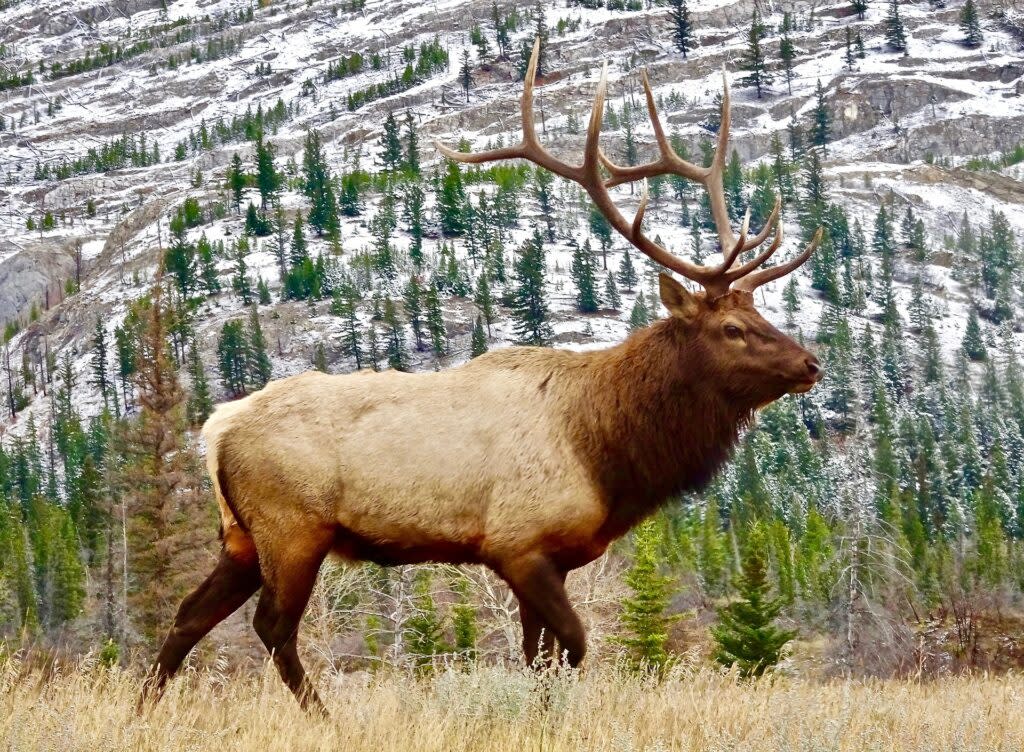Conservation groups, U.S. Forest Service settle on details of logging project near Townsend

(Photo courtesy of Pixabay | Public domain).
A large logging project ended in an unusual way for many lawsuits involving logging, endangered species and federal agencies: It settled without years of litigation.
Late last year, two conservation groups, Native Ecosystems Council and the Alliance for the Wild Rockies filed suit to halt a large logging project near Townsend, known as the “Middleman Project,” that they said hurt elk, grizzly bear and Canada lynx, the latter two of which are classified by the federal government as endangered species.
Originally the project touched three Montana counties — Lewis and Clark, Meagher and Broadwater counties — and called for more than 53,000 acres of tree cutting and burning, 6,669 acres of commercial burning, and 45,934 acres of burning, plus more than 100 miles of road building. The groups had argued in federal court that the project was illegal and could disrupt critical habitat for several species.
The project was originally slated as a 20-year project in the Helena-Lewis and Clark National Forest and the Big Belt Mountain Range.
Under the agreement, accepted by federal district court Judge Dana Christensen, the United States Forest Service can still move forward with aspects of the massive plan, including the Crouching Trout Timber sale, which authorizes nearly 25 miles of temporary or current road construction. The Crouching Trout timber portion covers approximately 1,600 acres.
As part of the agreement, the Forest Service can continue with the “associated activities” in the Crouching Trout Timber sale. The service also agrees to limit prescribed burning to the “inventoried wilderness areas” of no more than 25% of any area.
The U.S. Forest Service also agreed to produce annual summaries of the prescribed burning in the Middleman Project, “including units where burning has occurred and the acres burned.”
The U.S. Forest Service also agreed to a $39,000 lump sum payment to settle claims of attorneys’ fees.
Previously, the conservation groups had argued that the central Montana land was a key part of grizzly bears’ habitat and made it easier for “genetic exchange” between the populations of Yellowstone and Glacier National Park areas.
“We are thrilled that the Forest Service agreed to settle this case,” said Mike Garrity, executive director for the Alliance of the Wild Rockies. “We stopped over 100 miles of road construction and reconstruction in the forest, and we stoped over 5,000 acres of commercial logging in lynx and grizzly habitat.”
The post Conservation groups, U.S. Forest Service settle on details of logging project near Townsend appeared first on Daily Montanan.

